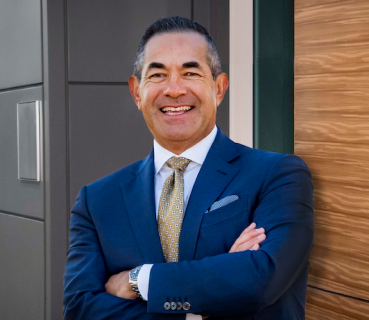Relevant Contents
Need Tailored Business Continuity Insights?
Contact Us Now for Personalized Guidance!
In the BCP arena a manual workaround can be defined as a temporary method used to provide for the continuation of critical business functions when normal systems, technology or personnel are unavailable. Once a problem is fixed, a workaround is usually abandoned. Workarounds are also used during a disaster event while a system is being restored.
MHA predicts that in the future our dependence on technology will reduce, but never eliminate, the need for manual workarounds. Complex technology and automated workflows combine with virtually no tolerance for data loss to eliminate manual workarounds as a practical solution for critical processes. That being said, manual workarounds will likely remain a fundamental for BC/DR programs. It is important that those workarounds be carefully considered and constructed to ensure that they do not create more problems than they solve.
Common Problems
- The workaround is not documented.
- The workaround is not tested or exercised (practiced).
- The workaround is not realistic.
Things to Consider
The volume of work vs. time to process – The volume of work will remain constant but the processing will be slower, costing you time and money.
The sustainability of the workaround – How long will the workaround realistically suffice without causing bigger problems, such as unmanageable backlogs and degraded customer service? Your manual workaround will likely create a backlog that will grow exponentially the longer it is used.
Quality of work – Does the quality of your work suffer when you are using a manual workaround? Do you lose information, miss deadlines, etc.?
Customer service – How does the workaround affect your customer service? Can you continue to comply with service level agreements and meet your customers’ expectations?
Ethical considerations – Does you workaround create potential breaches in your security or privacy practices and procedures?

Michael Herrera
Michael Herrera is the Chief Executive Officer (CEO) of MHA. In his role, Michael provides global leadership to the entire set of industry practices and horizontal capabilities within MHA. Under his leadership, MHA has become a leading provider of Business Continuity and Disaster Recovery services to organizations on a global level. He is also the founder of BCMMETRICS, a leading cloud based tool designed to assess business continuity compliance and residual risk. Michael is a well-known and sought after speaker on Business Continuity issues at local and national contingency planner chapter meetings and conferences. Prior to founding MHA, he was a Regional VP for Bank of America, where he was responsible for Business Continuity across the southwest region.


